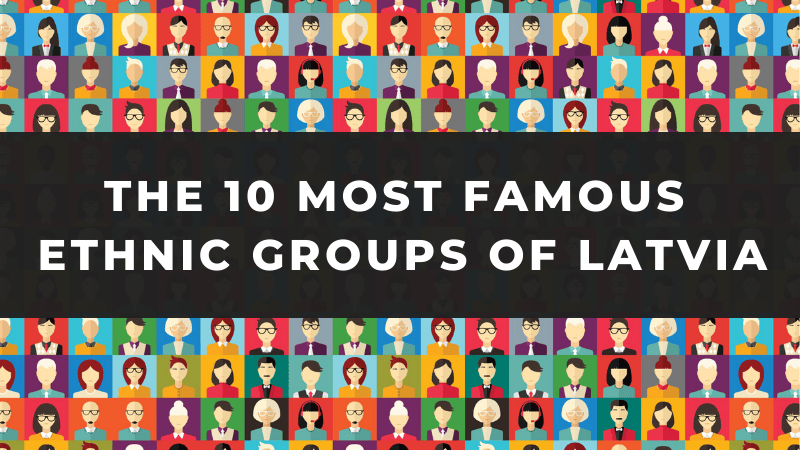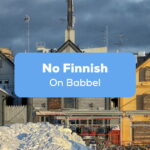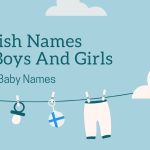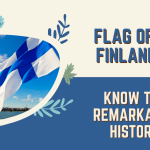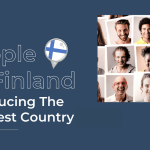How many ethnic groups are there in Latvia? Begin discovering why different ethnic groups of Latvia are important in preserving cultural and local diversity.
Latvia is divided into two big groups, Native Latvians and Russians. Native Latvians are 62.1% of the population, while Russian native speakers make up 37.2%. Other ethnic groups of Latvia include Belarusians, Ukrainians, Poles, Lithuanians, Jews, Germans, Gypsies, Estonians, and Livonians.
However, even though there are many ethnic groups, Latvian is the official language. So, learn some Latvian language with Ling App and explore everything that Latvia has to offer.
The Ethnic Groups Of Latvia
1. Latvians
Latvia is located in Northern Europe, on the Baltic Sea’s eastern shores. Latvians are the country’s original residents and arrived at least 4000 years ago.
Latvians have had a complex history, and they never had their own country until the 20th century. In addition to the eastern side, western Latvia is also rich in ethnic composition.
Lutherans are the largest religious group. Ethnic Latvians from Central and Western Latvia make up the majority of Lutherans.
Germans were the first to arrive in Latvian cities. The Lithuanians, Poles, and Swedes (16th century) came next, followed by the Russians (18th century). The Latvian nation and culture enjoyed a brief period of independence, but the worst was yet to come with the invasion of the Russian army and their leader Joseph Stalin in 1940.
2. Russians
Russians are the largest, most prominent, and most controversial ethnic groups of Latvia. The Russian population accounts for 40% in numerous cities. However, there are few Russians in the villages (Eastern Latvia).
After the Soviet occupation, many Russians settled in Latvia illegally. However, some Russians who came as settlers under the Soviet Union have attained Latvian citizenship. Thus, the Latvian population has increased drastically.
The settlement was enormous, with the Russian population rising from 8.8% in 1935 to 34% in 1989. All national minorities have to follow education laws for the children born in the family. However, the Russian minority group covers the highest land area in Latvia.
Amendment in the post-war migration facilitates excluded retired commanders from the naturalization process. The Russian speakers’ position in Ukraine was affected by events in neighboring countries and other Baltic states.
Latvia has separate political parties, cultural institutions, and media for ethnic Latvians and Russians. The majority of Russians affiliate themselves with Russia rather than Latvia.
So, irrespective of all issues between ethnic Russians and the Latvian government, Latvia is the native language of the state. Some Russians resisted speaking Latvian and wanted to speak Russia everywhere in Latvia, but the movement soon stopped. So, people have to learn and speak Latvian as a part of normal life.
3. Belarusians
Belarusians are Latvia’s third-largest ethnic group (3.3 percent of the total country’s population). They are less noticeable as a distinct population because they share much of the same culture and viewpoints as Russians.
4. Ukrainians
Ukrainians make the fourth largest ethnic group in Latvia, accounting for 2.2% of the population. Because there was no significant Ukrainian community in Latvia before World War 2, Ukrainians are the only large Latvian minority from Soviet rule.
5. Poles
Poles are Latvia’s largest non-Soviet minority, accounting for 2.2% of the country’s population. When the Polish-Lithuanian Commonwealth reigned directly over the region, their progenitors arrived in Latgale during the 17th and 18th centuries. However, the relationship between Poles and Lithuanians has been long and complex in the era of the Soviet Union.
6. Lithuanians
Latvia’s population is 1.5 percent Lithuanian. Lithuanians live in the borderland. The Latvian Lithuanian border existed before 1918 when the Russian Empire occupied both countries. Lithuanians and Latvians are modern ancestors who adapted to other Baltic tribes.
7. Jews
When the reigning Russian Empire limited Jewish settlement to only a few locations in the 19th century, Latvia’s Jewish population declined.
8. Germans
In Latvia, Baltic Germans constructed a lot of beautiful buildings. Germans were the Baltic barons with a population of 6,2%. World War II and the succeeding Soviet Genocide all but destroyed the German minority in Latvia.
9. Gypsies
Gypsies, part of smaller ethnic groups of Latvia, are nomadic people that first appeared in Medieval India. Gypsies were a rapidly increasing society due to high reproduction rates throughout the twentieth century. Many Gypsies migrated to the wealthier Western countries once Latvia entered the European Union and free migration became possible.
10. Livonians
Livonians are the smallest of Latvia’s ethnic minorities and are a disappearing race of people. They live along the country’s beaches. They were an important group throughout the Middle Ages, with the entire region of today’s Latvia and Estonia. Vidzeme, Kurzeme, Pieriga, and Zemgale, Latvia’s most ethnically varied areas.
Let’s Learn Latvian Together With The Ling App

One of the most popular New Year’s resolutions is to learn the Latvian language. Use Ling App to learn Latvian. Simya Solutions Ling App offers the best language learning lessons. We have practice for speaking, listening, reading, and vocabulary. There are also grammar guides.
Ling App teaches its users everything they need to know about the target language through game mode and mini-quizzes. There is also a leaderboard so you can compare yourself to other learners, as well as a function that shows you how many days in a row you’ve studied for.
If you enjoyed this blog, why not check out “Latvian transportation vocabulary” and “Latvian sentence structure”. We update weekly and it is a handy accompaniment to the Ling app.
